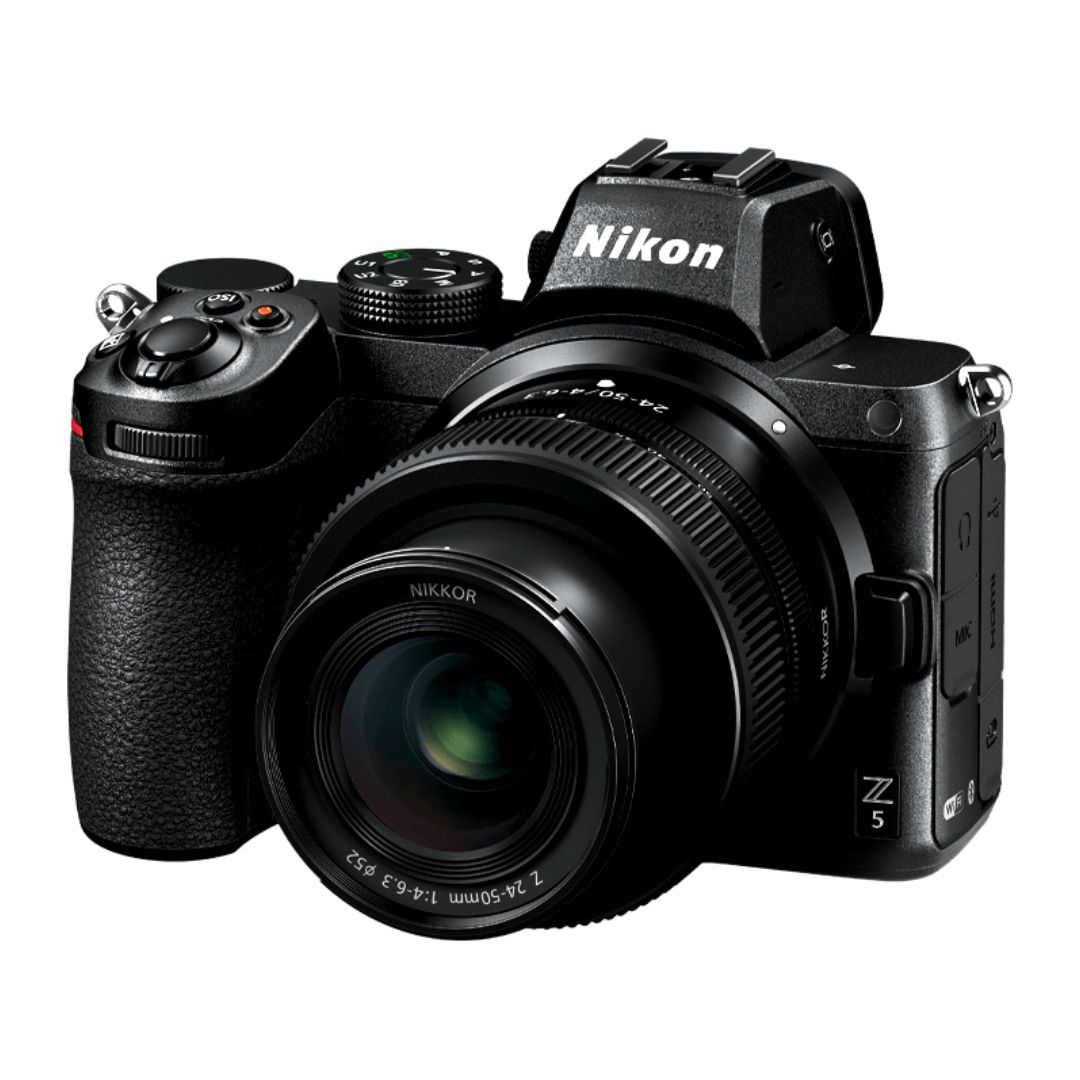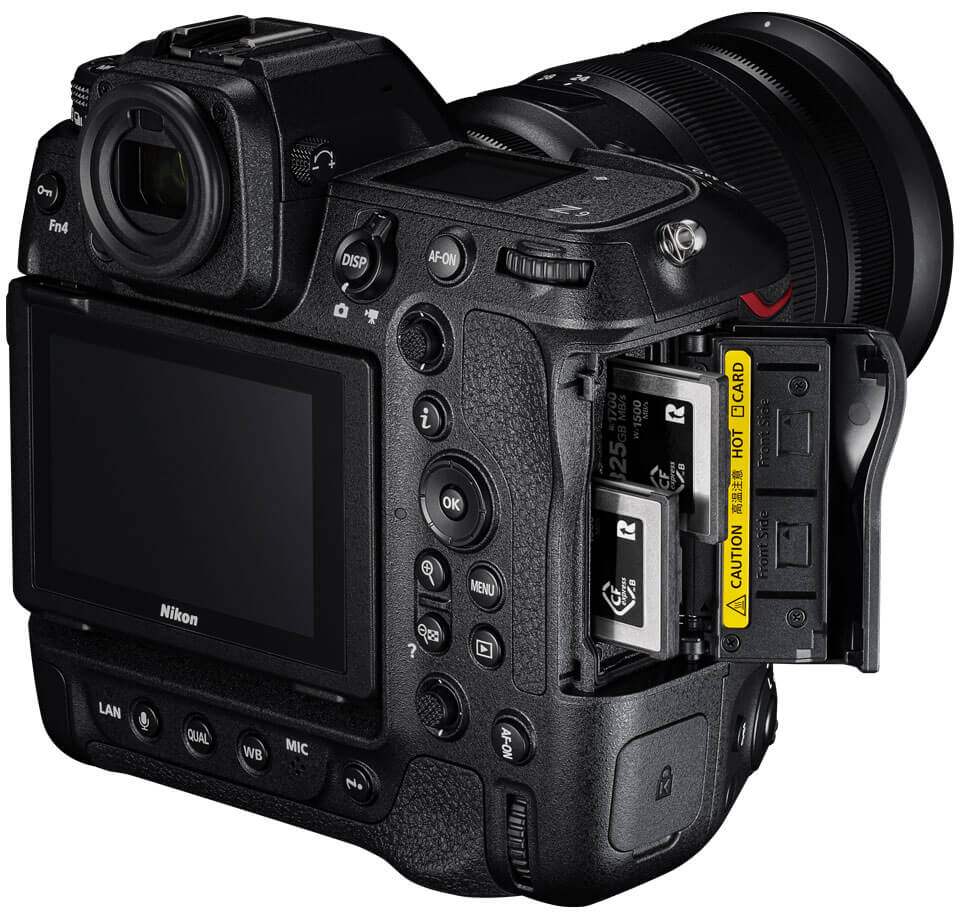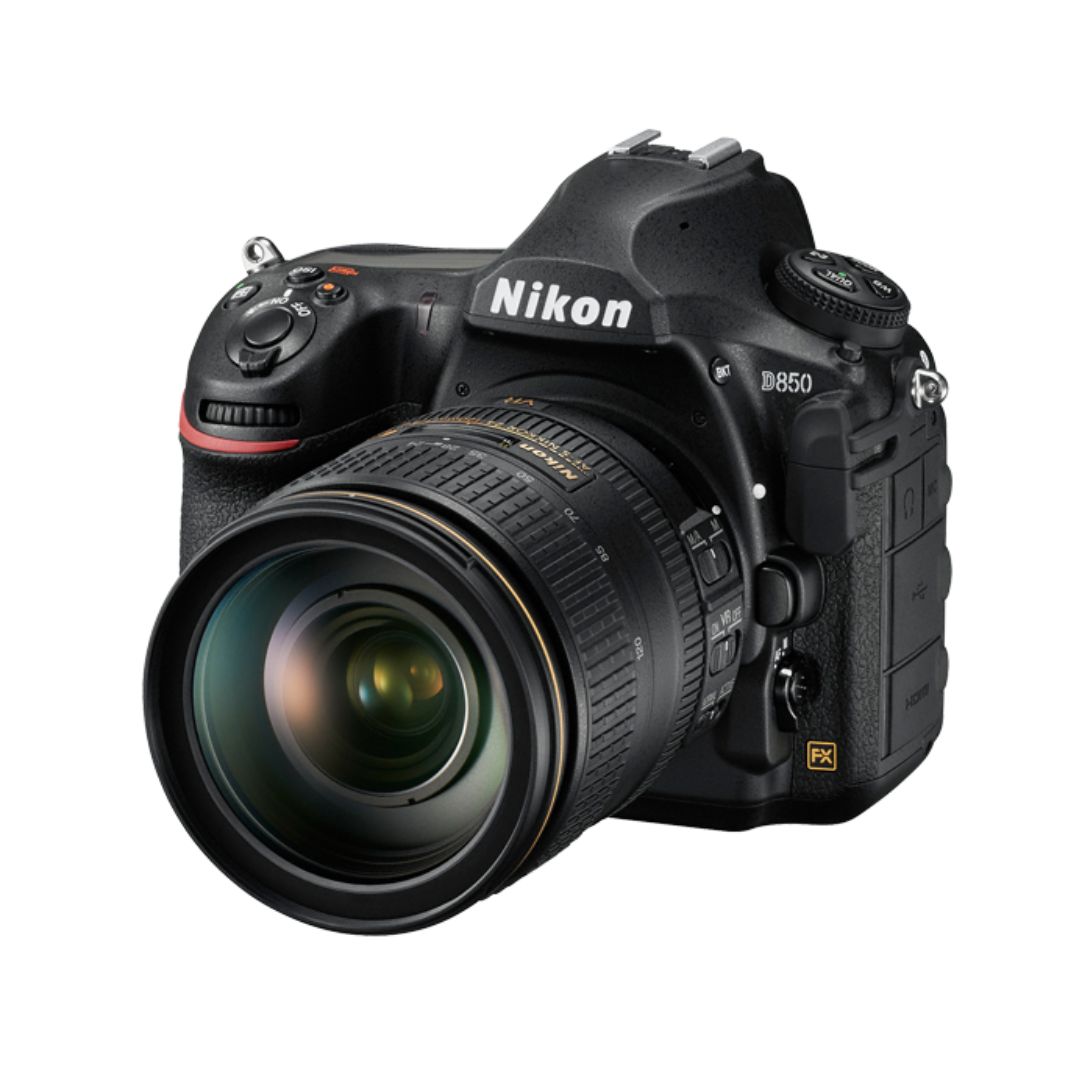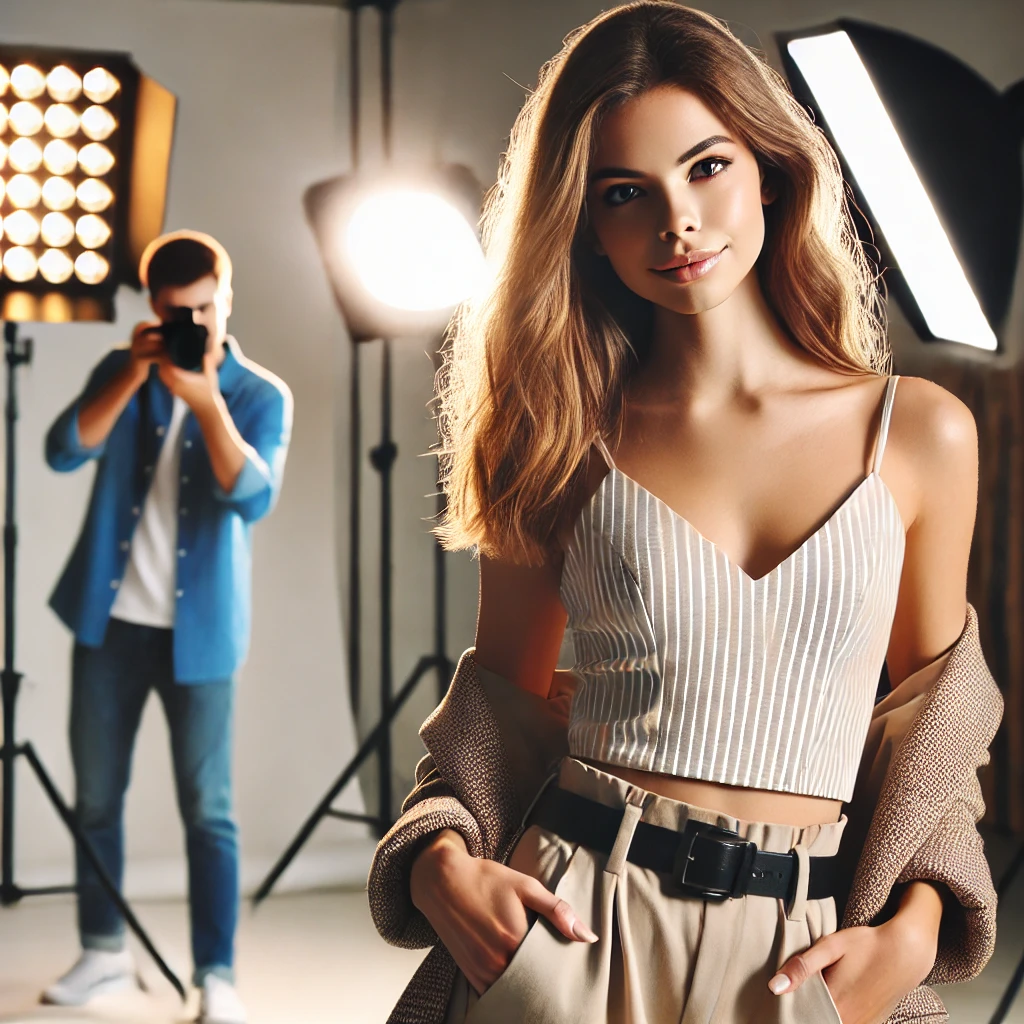Lighting is the cornerstone of successful photography, but when it comes to Bold and Boudoir Shoots, lighting transforms from a technical tool into a narrative force. The right lighting setup doesn’t just illuminate your subject—it tells a story, reveals emotion, builds confidence, and shapes mood. Whether your goal is to highlight sensual curves with soft shadows or produce strong, confident silhouettes, mastering light allows you to amplify your creative voice and support your client’s self-expression. This comprehensive guide takes a deep dive into lighting techniques, gear options, studio planning, and post-production strategies that elevate boudoir photography from ordinary to unforgettable.
Chapter 1: The Emotional Power of Light in Bold and Boudoir Shoots
What is Bold and Boudoir Photography?
Boudoir photography goes far beyond intimate imagery—it’s a celebration of individuality, confidence, and empowerment. Bold boudoir, in particular, introduces elements of drama, creativity, and daring visual aesthetics. Common themes include vulnerability paired with strength, quiet allure alongside confident expressions, and the interplay of exposure and mystery.
Why Lighting Matters
- Emotion Delivery: Light manipulates perception. Soft light induces calmness, while hard shadows evoke drama.
- Mood Sculpting: From gentle morning glows to dramatic side-lighting, every choice contributes to the story.
- Skin Illumination: Proper lighting reveals texture while avoiding unflattering highlights or deep shadows.
- Client Empowerment: When a subject sees themselves beautifully lit, confidence grows—and it shows.
Photographer Pain Points
- Harsh shadows exaggerating features
- Limited space affecting light positioning
- Mixed color temperatures
- Ensuring consistency in natural light conditions
Chapter 2: Lighting Fundamentals Every Boudoir Photographer Must Know
Types of Lighting
- Natural Light: Most forgiving. Best when diffused through curtains or blinds.
- Continuous Light: LED panels are beginner-friendly and excellent for visualizing effects in real-time.
- Flash/Strobe Light: Offers precise control and consistent power, ideal for styled indoor setups.
Key Light Characteristics
- Direction: Impacts shape and depth. Side lighting contours, while backlighting silhouettes.
- Quality: Soft light smooths skin; hard light reveals edge.
- Color Temperature: Keep it consistent. Warm tones flatter most skin types; cool tones can accent creative styling.
Tools for Light Control
- Modifiers: Softboxes, umbrellas, beauty dishes
- Reflectors: Fill in shadows without overexposing highlights
- Flags and Gobos: Shape light for drama or texture
- Diffusers: Smooth out harshness for more pleasing tones
Chapter 3: Building Your Ideal Lighting Kit for Boudoir Photography
Essential Gear Breakdown
- Softboxes (Octa/Rectangular): Create large, soft light sources to flatter the body
- Strip Lights with Grids: Perfect for sculpting the body and minimizing spill
- Ring Light: Great for headshots or even illumination on a budget
- Beauty Dish: Creates contrast with a glamorous feel, ideal for bold aesthetics
- LED Panels: Versatile and portable
- Portable Reflectors: Must-haves for bouncing light in tight spaces
Lighting for Every Budget
- Beginner Budget (<₹10,000): Ring lights, white reflectors, DIY diffusers
- Mid-Tier Budget (₹10,000–₹50,000): LED panels, strip boxes, wireless flash units
- Pro Setup (>₹50,000): Godox AD600, Elinchrom lights, modifiers with honeycomb grids
Chapter 4: Light Setup Styles for Different Moods in Bold and Boudoir Shoots
1. Romantic, Dreamy Mood
- Setup: Natural light with gauzy curtains
- Modifiers: Reflector on opposite side of the window
- Camera Settings: Wide aperture (f/1.8–2.8), ISO 100-400
2. High-Drama and Shadow Play
- Setup: One key light with grid and dark background
- Techniques: Use Rembrandt lighting for cheekbone definition
- Tools: Black foam core to block spill, enhancing contrast
3. Color-Driven Aesthetic
- Setup: Color gels on strobes for dramatic highlights or fills
- Tips: Use complementary tones for contrast (blue + amber)
4. Silhouette and Suggestion
- Setup: Place a strong light source behind subject
- Best Practice: Keep ambient light off; focus on outlines
5. Cinematic Lighting
- Setup: Mix of practical lights (lamps) and key light
- Effect: Creates an editorial, lived-in feel
Chapter 5: Mastering Natural Light Boudoir Photography
Working with Daylight
- Early Morning: Soft, blue-toned light—great for relaxed, introspective looks
- Golden Hour: Creates flared warmth, adds nostalgic romance
Window Light Magic
- Ideal for small home studios
- Use sheer white curtains to create diffusion
- Position subject at 45° angle for depth and highlight
Tricks for Reflective Enhancement
- Bounce boards below the chin for fill
- Use hand mirrors or glass for light play on skin
Chapter 6: Lighting Placement and Subject Posing Synergy
Posing Based on Light Position
- Side Light: Emphasizes curves
- Backlight: Ideal for halos and rim lighting
- Top Light: Sculpting muscles, collarbones
Light-Aware Posing Techniques
- Arched back towards the key light
- Turn face slightly away from light for cheekbone emphasis
- Use hands or props to create shadow depth
Chapter 7: Scene Styling and Set Lighting
Creating the Right Environment
- Coordinate background color with wardrobe tones
- Drape fabric across furniture for texture
- Layer rugs and throws for visual interest
Prop-Enhanced Lighting
- Mirrors: Reflective bounce for added exposure
- Lace: Creates delicate patterned shadows
- Chandeliers: Adds elegance and multi-directional sparkle
Chapter 8: Post-Processing to Enhance Lighting Effects
Key Editing Techniques
- Dodging & Burning: Enhances contours
- Skin Retouching: Maintain pores for realism
- Highlight Control: Prevents hotspots from strobes
Color Grading for Mood
- Warm Tones: Gold, copper, peach (sensual feel)
- Cool Tones: Slate, sapphire, lavender (mystery and edge)
Lightroom Presets & Photoshop Actions
- Consider presets that mimic natural film
- Use radial filters to add faux spotlighting
Chapter 9: Lighting Techniques in Small Spaces
Compact Studio Tips
- Use reflective walls to bounce light
- One-light setup with grid and bounce card
Bedroom Shoots
- Overhead fairy lights with wide aperture lens
- Natural light mixed with practical bedside lamps
Chapter 10: Lighting Techniques for Outdoor Boudoir
Using Nature’s Toolkit
- Golden Hour: Most forgiving light, adds glow
- Open Shade: Avoids harsh shadows
- Bounce Boards: Bring in detail without artificial gear
Chapter 11: Empowerment Through Light and Safety
Building Client Comfort
- Explain lighting goals
- Always allow clients to view test shots
Safety First
- Avoid hot lights near fabric or skin
- Ensure gear is stable, especially on location
Chapter 12: Lighting for All Skin Tones and Body Types
Inclusive Lighting Strategy
- Use fill light on deeper skin tones for luminance
- Avoid over-diffusion on lighter tones
- Keep color grading subtle to honor skin depth
Chapter 13: Voices from the Field
Interviews with Professionals
- How seasoned boudoir photographers use lighting as emotional expression
- Real examples with before-and-after shots
- Their go-to lighting gear lists
Conclusion
Mastering lighting for Bold and Boudoir Shoots is both an art and a science. Through intentional light placement, understanding emotional tonality, selecting the right tools, and thoughtful post-production, photographers can craft powerful stories that uplift, empower, and transform. Use light to celebrate bodies, express individuality, and build confidence—not just capture images.
If you’re ready to take your boudoir photography lighting to the next level, The Candid Shoot offers exclusive mentoring, curated lighting kits, and behind-the-scenes tutorials tailored for photographers of every skill level.
FAQs
Q1. What light setup is best for small spaces? Use a softbox with a grid and bounce cards. Position your subject near a natural light source and use a reflector to fill shadows.
Q2. Should I use artificial light or natural light for boudoir? Both work well. Natural light offers softness, while artificial light gives control and consistency. The best setup combines both.
Q3. Can I use colored lights in boudoir shoots? Yes, but subtly. Gels on background lights can add mood, while rim lights with colored gels create stylish accents.
Q4. How do I light different skin tones effectively? Use neutral white balance cards. Reflectors help brighten deeper tones, while soft diffusion avoids harsh highlights on lighter tones.
Q5. What gear do I need for bold lighting effects? At minimum, a strobe with a beauty dish or softbox, a reflector, a backdrop, and optional color gels for creative flexibility.
📅 Book Your Photography in Jaipur Today
Whether you’re celebrating a personal milestone, growing your brand, or just want timeless memories, trust The Candid Shoot for professional photography in Jaipur with Most Popular Cameras that exceeds expectations.
📞 Call | 📱 WhatsApp | 📩 Inquiry Form

Sony Alpha a7 IV: The Ultimate Camera for Photography

Nikon Z5 Review: Is It Worth It?
-

Nikon Z9 : Game-Changer for Photography
-

Top Features of Nikon D850 That Make It Ideal for Portfolio Shoots
Sony Alpha a7 IV: The Ultimate Camera for Photography
Explore the Sony Alpha a7 IV in this complete 2025 review. Learn how its pro-level features, real-world performance, and hybrid flexibility make it the ultimate camera for photography across genres like portraits, weddings, travel, and commercial work. Table of Contents Section 1: Introduction – Why the Sony Alpha a7 IV Stands Out The Sony Alpha…
Nikon Z5 Review: Is It Worth It?
In 2025, photographers—whether hobbyists, content creators, or professionals—seek equipment that blends value, performance, and future-readiness. Enter the Nikon Z5, a full-frame mirrorless camera marketed as a gateway to high-end imaging without a flagship price tag. But how well does it hold up under real-world demands like studio shoots, weddings, landscape adventures, and lifestyle photography? In…
Nikon Z9 : Game-Changer for Photography
Discover why the Nikon Z9 is considered a true game-changer for photography. This in-depth Nikon Z9 review explores key features, real-world performance, and how it excels in professional photo shoots in 2025. Table of Contents 1. Introduction The photography world witnessed a significant shift with the launch of the Nikon Z9, a flagship mirrorless camera…
Top Features of Nikon D850 That Make It Ideal for Portfolio Shoots
Discover why the Nikon D850 is the ultimate DSLR for portfolio shoots. Explore its top features—from resolution and dynamic range to autofocus precision and workflow speed—that help photographers create stunning, high-impact images for professional portfolios. Whether you’re a portrait artist, fashion photographer, or visual storyteller, a portfolio shoot demands technical excellence, creative flexibility, and uncompromised…
Candid Moments with Canon EOS R10: Lightweight & Reliable
In the evolving world of mirrorless photography, the Canon EOS R10 stands out as a lightweight yet powerful camera tailored for real-life storytelling. Whether you’re photographing street scenes, family gatherings, weddings, or spontaneous portraits, capturing genuine emotion requires a responsive and discreet tool. This article dives deep into how the Canon EOS R10 excels in…
Bold Portraits with Canon EOS R5: Is It the Best for Work?
Studio photography has always demanded precision, artistry, and impeccable gear. As the expectations for commercial portraits, fashion campaigns, and editorial work continue to rise, the tools we use must evolve. Enter the Canon EOS R5, a camera that has stirred the professional waters with its impressive technical specs and forward-thinking design. In this comprehensive Canon…


